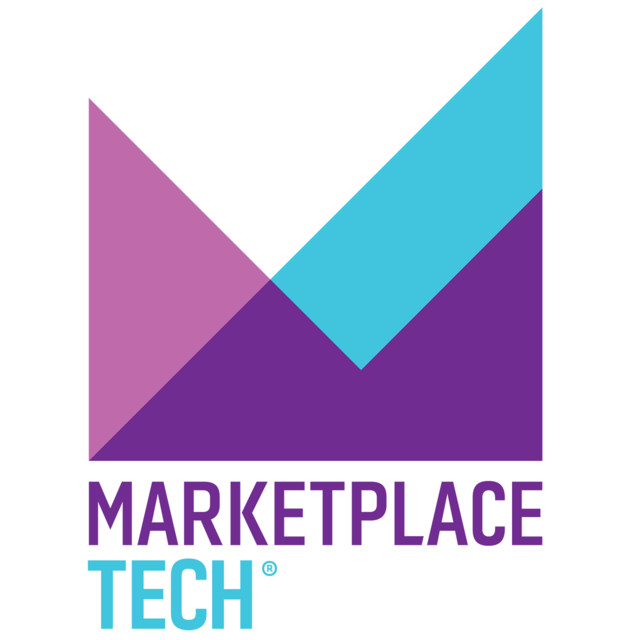

Basic Member
Similar Podcasts
Generation Iron Podcast, hosted by Vlad Yudin.
Startup Foundations, hosted by Greg Miaskiewicz.
Breakthrough Success, hosted by Marc Guberti.
Hancock Talks, presented by John Hancock.
Entrepreneurial Endeavors, hosted by Matthew Nusom and Seamus Galvin.
"The Dentists Who Invest Podcast," hosted by Dr. James Martin.
"The Podcast Report" Presented by Paul Colligan and The Podcast Partnership team.
Top of Mind with Tambellini Group is a podcast hosted by Tambellini Group.
Looking for guests (senior leaders in tech, professional services and small business)

















